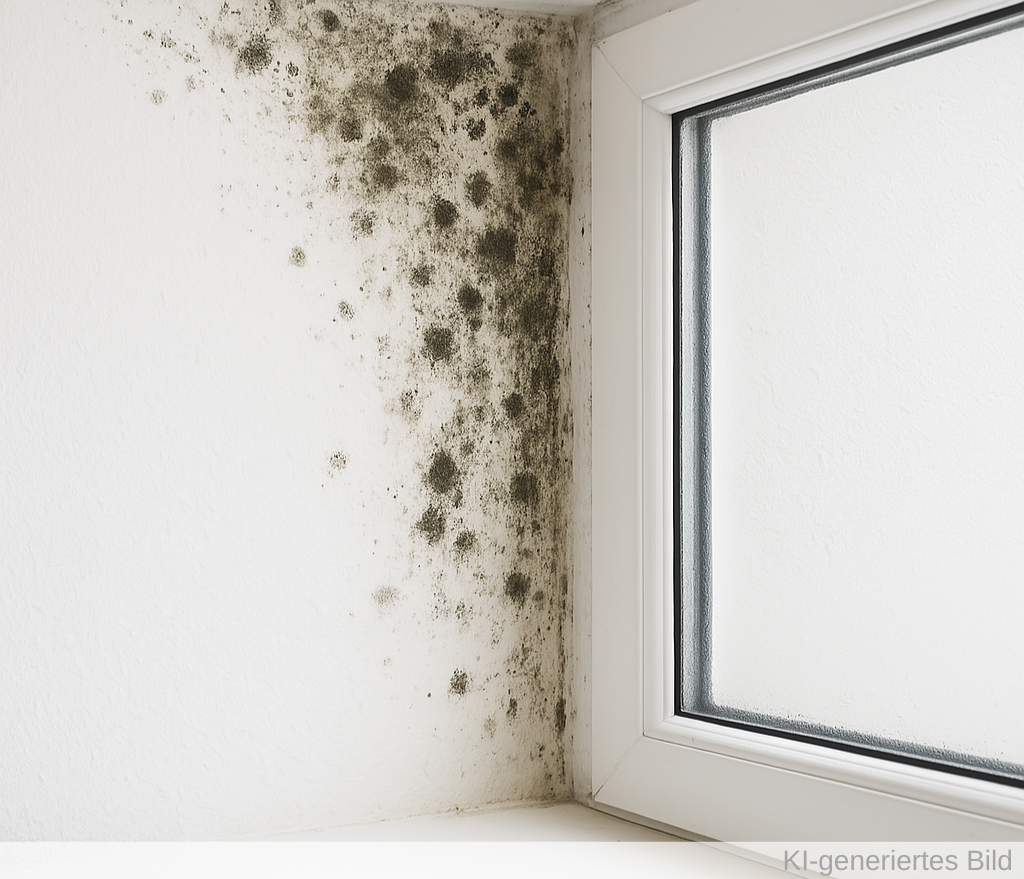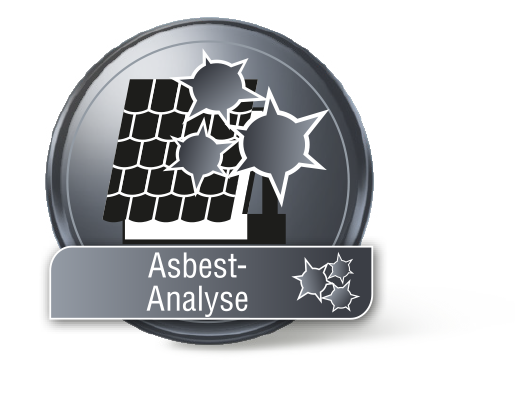
Detect, Prevent, and Eliminate Mold – How to Protect Your Health
Mold is not always visible or detectable by smell – it often hides under floors, behind wallpaper, or furniture. The fact that mold fungi can be harmful to health is often underestimated.
How Dangerous is Mold Really?
Especially mold spores in the air can trigger allergies – in high concentrations, even respiratory diseases or infections. The effects strongly depend on the duration of exposure, the type of mold, and the individual's physical condition.
Why is Mold in the Apartment So Problematic?
Living spaces are places where we spend a lot of time. If mold spreads unnoticed there, its spores are inhaled – with possible consequences such as:
- Allergic reactions
- Respiratory diseases (e.g., asthma, bronchitis)
- Headaches, irritating cough, hoarseness
- Fatigue, sleep problems
- Skin rashes, eczema
- Infections and even cardiovascular diseases
How Does Mold Develop?
The main cause is moisture – either due to structural defects (cracks, poor insulation) or insufficient ventilation and heating behavior. Particularly at risk are:
- Old buildings with inadequate thermal insulation
- New buildings that have not yet dried sufficiently
- Rooms with high humidity, e.g., from showering or cooking
Effectively Prevent Mold
- Heat all rooms evenly
- Directly vent moisture outside (extractor hood, fan)
- Ventilate thoroughly (shock or cross-ventilation) several times a day
- Adequately heat even rarely used rooms
What to Do About Mold in the Apartment?
In rented apartments, the responsibility lies with the landlord – they must prove that there is no structural defect. In owner-occupied homes, you are responsible yourself. For larger infestations (larger than a credit card) or damp masonry, it is advisable to hire a specialized company for professional removal.
✔ Comprehensive information brochure
✔ Test up to 10 rooms
✔ Analysis of mold genus
✔ Analysis of contamination level
✔ Cause of asbestosis
✔ Present, among others, in Eternit
✔ Surface mould test
✔ 10 different mould types
✔ Mould alarm display
✔ Clear display
✔ For joints and tiles
✔ For the removal of mould






